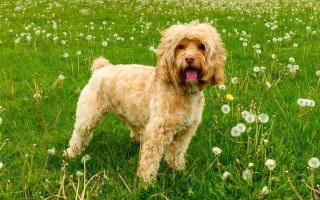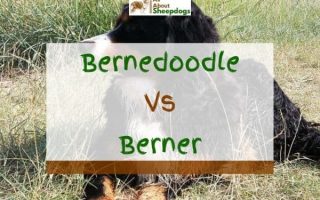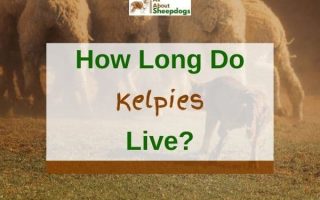Smooth Collies are somewhat less known cousins of the world-famous Rough Collies.
Both Smooth and Rough Collies are variants of the same breed and share common personality traits and temperaments.
As very lovable, friendly, and playful dogs, Collies have been among the most popular breeds for decades, especially the rough variant.
Their popularity was also significantly boosted by their TV and movies appearances.
However, while Rough Collies are famous for their majestic, abundant fur, many potential owners are worried that that much hair comes with excessive shedding and plenty of cleaning work,
For this reason, a lot of them consider going with the smooth variant of the breed whose coat is much shorter. However, shorter hair doesn’t necessarily mean less shedding.
In this article, I’ll try to clear things up a bit and answer the equation do Smooth Collies shed and what type of coat do they have.
So let’s dive in!
[wpsm_toplist]
Do Smooth Collies Shed?
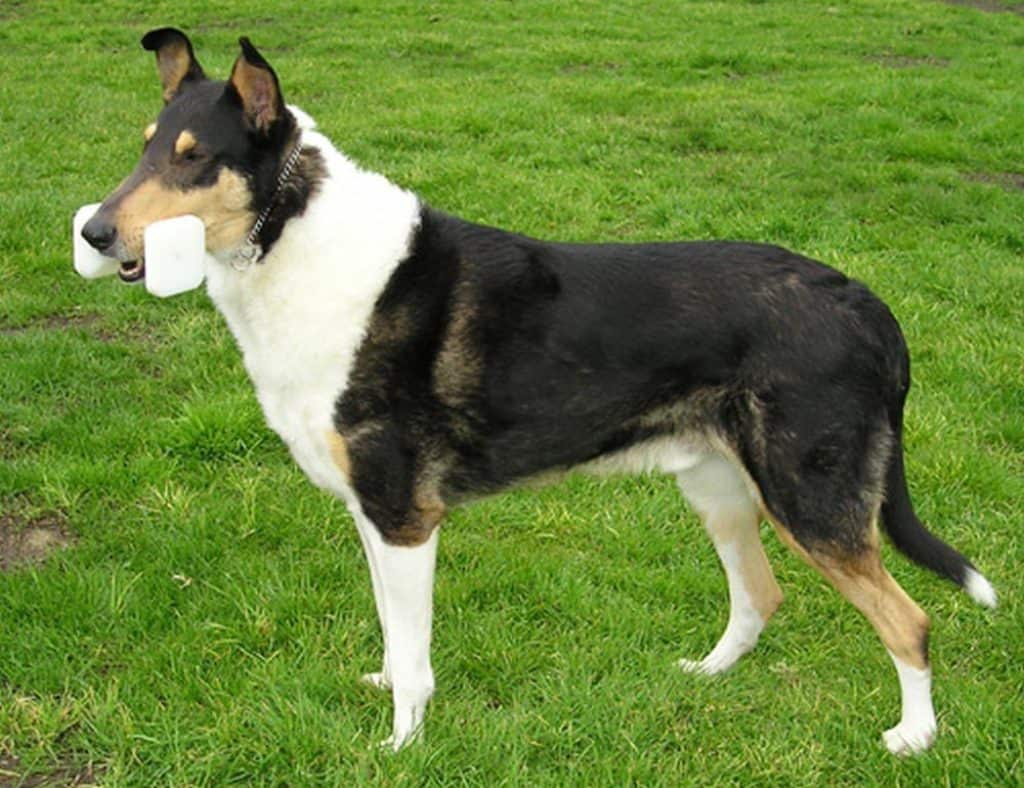
Just like their more famous cousins, Smooth Collies are moderate to high shedders. However, the way the two breed variants shed and maintenance level differ a bit.
Rough Collies tend to have two heavy shedding periods when they blow out most of their coat.
Smooth-haired dogs commonly shed more evenly throughout the year. This is particularly the case with Smooth Collies who live in moderate climates.
Contrary to popular belief, you will likely have to clean more after Smooth Collies than their rough-haired counterparts.
While the shorter coat means less overall amount of fur, smooth hair tends to easily fall off the dog’s body, and fly everywhere.
Whereas most of the rough hair gets clumpy in the coat and stays there until brushed.
Still, the quantity of the falling off of the Smooth Collies is rather manageable.
In general, with the smooth breed variant, you’ll likely do more vacuuming than brushing.
What Kind of Coat Does a Smooth Collie Have?
Even though they have shorter hair than the rough variant, Smooth Collies also have a double coat, developed to provide insulation and protection in rain and snow.
They were mostly bred to accompany livestock to the market and were rarely tasked with herding, so they didn’t need the fur to be that long to protect them from the adverse weather in the Scottish hills.
The undercoat is rather soft and very thick, while the topcoat is short, straight, harsh, and dense.
The length of the topcoat hair is commonly between one and two inches. Most dogs have slightly longer hair on the back of the thighs and around the neck.
Smooth Collie Coat Color
Smooth Collies can feature various colors and combinations. Depending on the country, the official standards recognize three or four color patterns.
The first one is sable which may feature include any shade from light gold to faded sable, dark red, or rich mahogany.
Tri-color Smooth Collies are predominantly black with white and tan patches on the head and legs.
Blue Merle coloration features mottled color mostly clear with mostly clear silvery gray and splashes of black.
Tan markings are also common on dogs with this color pattern.
Finally, there are white Smooth Collies, often with sable or blue merle patches.
This last color pattern is recognized by US standards, but undesirable in some other countries, the UK for example.
How Do You De-shed a Double-Coated Dog?
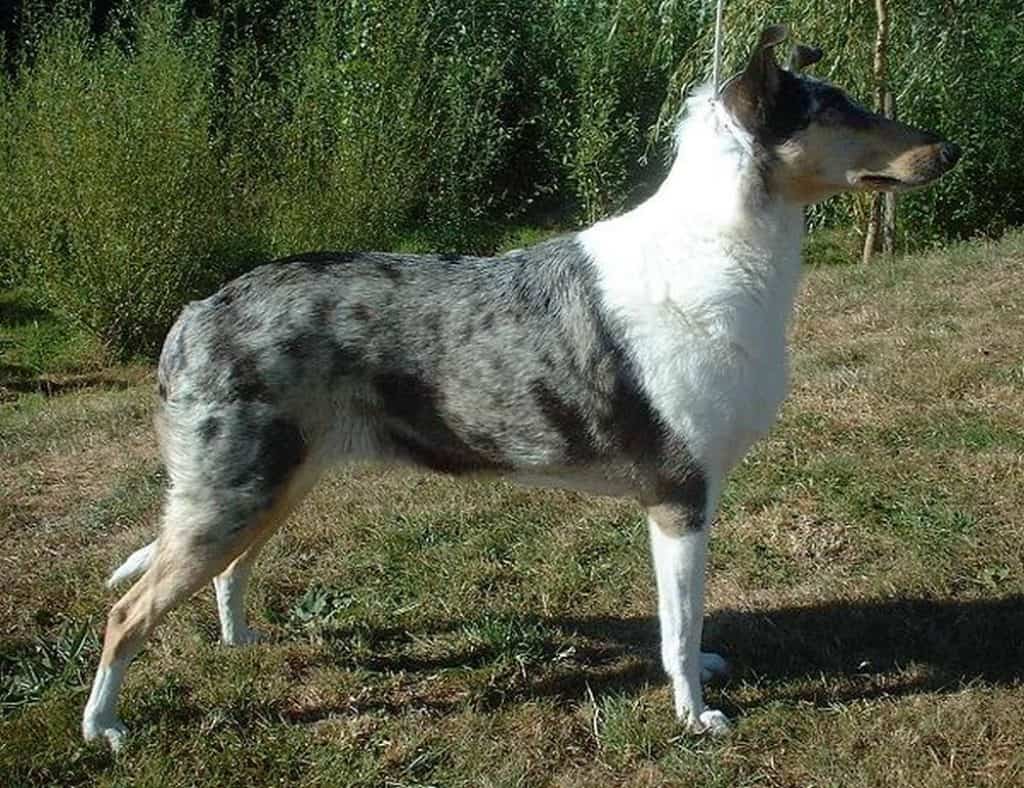
As owners of double-coated dogs such as Smooth Collies know, the best way to keep the amount of hair around your house under control is to de-shed your dog.
It’s a much more efficient and healthier method than trimming which doesn’t really deliver meaningful results.
However, remember that even proper and regular de-shedding won’t stop your dog from shedding its hair. Rather, it will reduce it to a reasonable amount which is easier to clean.
De-shedding Process
[amazon box=”B07P2N8HQH”]
De-shedding implies the physical removal of your dog’s loose and dead undercoat hair.
By doing this, you’re effectively stopping the hair from falling done and thus saving yourself from cleaning and vacuuming it from the floor and furniture.
Instead of a regular brush, when de-shedding you should use the undercoat rake of the specially designed de-shedding brush.
You should remove the excess hair with smooth and steady strokes.
Trying to speed up the process by brushing faster and applying more pressure won’t help.
It won’t pull more hair and it may even hurt the dog’s skin. The process may take some time, but for successful de-shedding, patience is the key.
Are Smooth Collies Hypoallergenic?
Smooth Collies, unfortunately, are not hypoallergenic.
This means that they’re likely to cause allergic reactions with people who suffer from allergies.
As moderate to high shedders, they leave a fair amount of hair behind them, which transmits the dog’s dander and saliva which are the main allergy triggers.
However, compared to Rough Collies, they are still better for people who are prone to allergies as their short hair is less likely to pick up allergy-causing substances.
In addition, they require less brushing which is when most of the allergy symptoms are exacerbated.
Furthermore, diligent cleaning, vacuuming, and dog maintenance can help Smooth Collie owners reduce the risk of allergies.
Conclusion
The short hair doesn’t mean that Smooth Collies don’t shed. They do and they leave a fair amount of hair behind them.
While cleaning the hair from your floor and furniture can be daunting, shedding is perfectly normal and is a sign of a healthy dog.
Still, you should be mindful of how much your Smooth Collies sheds, as an excessive amount may point to some underlying health issues.
So, if you plan on getting a Smooth Collie be prepared for some extra work and hair all over your furniture.
In addition, shorter hair is often harder to clean and pick up than the fur that comes of the long-haired breeds.
However, ask any Smooth Collie owner and they’ll all agree – it’s a small price to pay for such a wonderful family dog.
Some brushing and vacuuming are nothing compared to all the joy this awesome breed will bring to your house.



